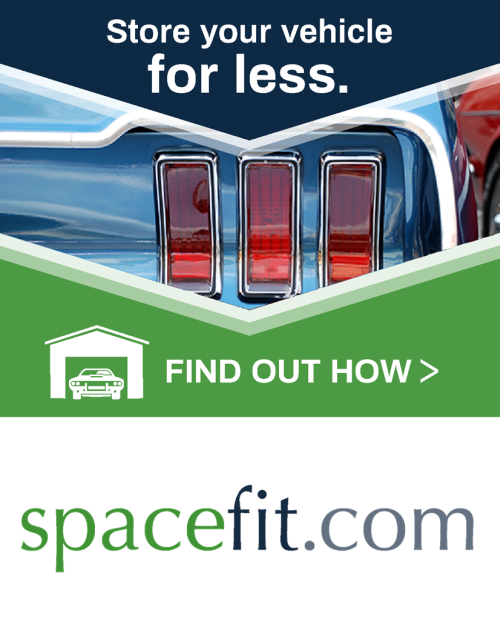“Automakers are experts at building safer cars, but Google and Apple are more skilled at building safer vehicle infotainment technology,” said Marshall Doney, AAA’s president and CEO. “By leveraging their strengths, the two industries must work together to significantly improve the design, functionality and safety of these technologies.”
AAA cautions that not all vehicles are created equal when examining the overall performance of CarPlay and Android Auto. The interface design of some vehicles’ native systems resulted in additional menus and text on vehicle touchscreen displays, which increases the overall workload on drivers. Each vehicle’s system also influenced what features were locked out while the vehicle was in motion when using Android Auto and CarPlay. For example, some vehicles allowed drivers to access their entire contact list when calling or texting, while others limited the number of contacts shown or completely blocked access – resulting in the smartphone-based systems performing differently across various vehicle models.
AAA urges drivers not to use in-vehicle infotainment technology to perform non-driving related tasks when behind the wheel to avoid driving while distracted. Even with Apple CarPlay and Android Auto requiring less overall demand and time to complete a task, drivers still took up to 33 seconds to complete a navigation task compared to 48 seconds for native systems. At 25 MPH, drivers can travel the length of three football fields during this time.
“Drivers must use common sense when it comes to technology inside the vehicle. Just because it is available, doesn’t make it safe to use,” said Jake Nelson, AAA director of traffic safety and advocacy. “Smartphone companies and automakers must collaborate to reduce the potential for distraction that technology places on drivers. The airline industry doesn’t compete on safety, and neither should automakers. Motorists deserve better.”
Locking out high-demand functions such as programming navigation and text messaging can significantly reduce the level of demand created by in-vehicle infotainment technology, a step recommended by the National Highway Traffic Safety Administration. Since the vehicle’s software influences which features are locked out, it is important that automakers and software designers work together to improve the safety of in-vehicle infotainment technology.
“AAA is sharing this new research with automakers and system designers to help advance the dialogue about ways to improve the functionality and design of new infotainment systems and the demand they place on drivers,” continued Doney. “By working together to leverage the design benefits of CarPlay and Android Auto, and addressing the issues that prevent the software from effectively interacting with a vehicle’s system, automakers and smartphone companies can improve the driving experience and limit distraction on the road.”





















